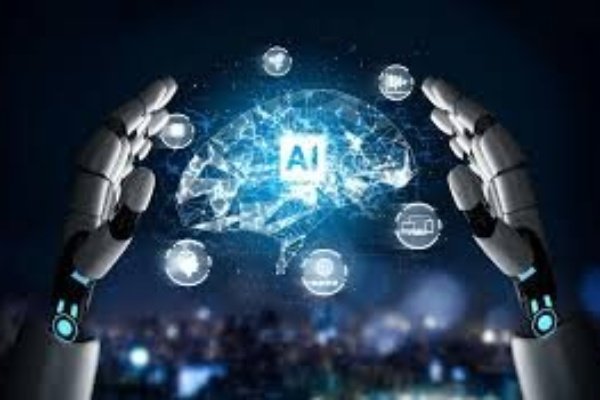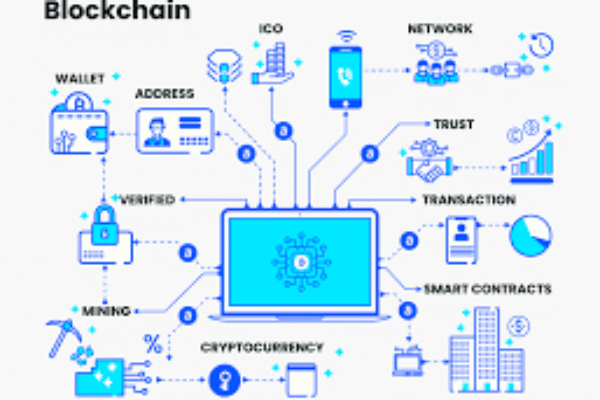YOUR LOCAL DIGITAL MARKETING AGENCY
Category Archives: TECHNOLOGY
Apple Watch for kids is now available for Indian users and it will work with Apple Watch SE, Apple Watch 4 and other…
Apple Watch for kids is now available for Indian users and it will work with Apple Watch SE, Apple Watch 4 and other…
Vivo is set to launch its V40 series in India. The Vivo V40 Pro recently appeared on Geekbench and Bluetooth SIG, revealing key…
Samsung is dropping its first-party messaging app in the United States and making Google Messages the pre-installed option out of the box. The…
It is clear that this phone will have strong competition to contend with, and what should help is the Nord 4’s metal build,…
Google\'s upcoming Pixel lineup appears to have been given an early reveal, courtesy of a listing on the IMDA website. The listing, spotted…
Dyson, the company known for innovative home appliances, has ventured into the world of high-end headphones with the release of the OnTrac. Unlike…
Introduction to the Ethics of Artificial Intelligence Ethics of Artificial Intelligence (AI) has swiftly emerged as a transformative force, promising revolutionary advancements across…
Introduction to 5G Developments 5G, the fifth generation of mobile networks, is more than just a step up from 4G—it\'s a technological revolution.…
1. Understanding Power of Blockchain Technology Power of Blockchain technology is revolutionizing the way we perceive and conduct transactions in the digital age.…
Your business isn't a template, so why is your digital presence? We move beyond 'one-size-fits-all' solutions. At rdm tech, we custom-craft your website, app, and marketing from the ground up to be as unique as your brand.










